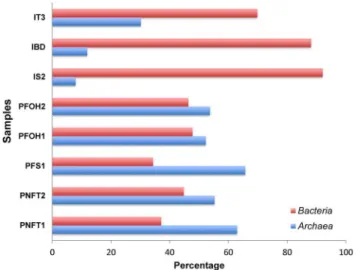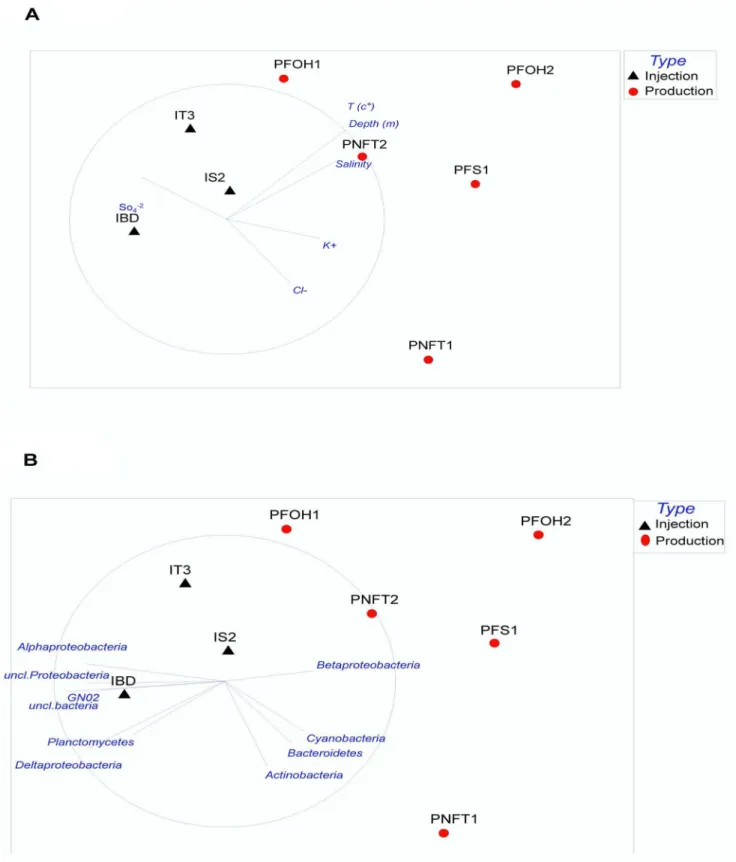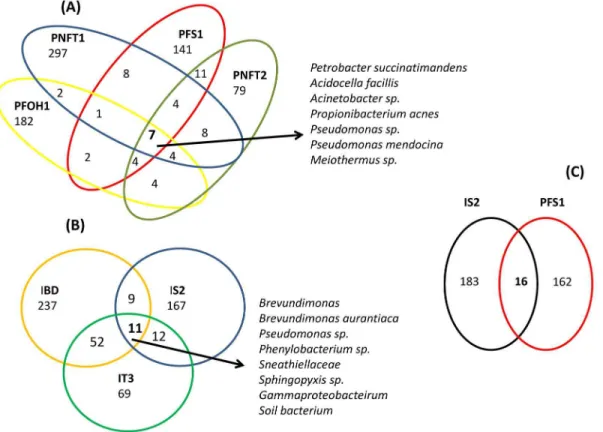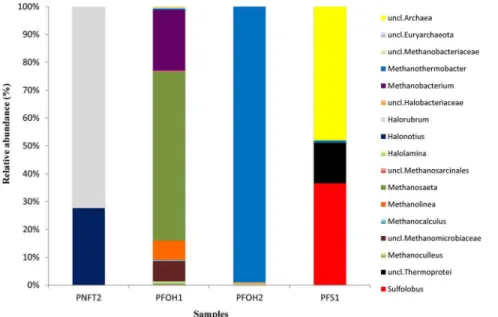Diversity of Microbial Communities in Production and Injection Waters of Algerian Oilfields Revealed by 16S rRNA Gene Amplicon 454 Pyrosequencing.
Texto
Imagem




Documentos relacionados
Weigand (2014) defende uma “revitalização” do conceito de sequência em um curso de CDI, não como um tópico específico, mas como um conteúdo distribuído ao longo do programa
This dissertation, will try to report in one of those new perceptions, the institution of the contemporary international art fair, and on the different ways it has
To investigate the occurrence and species diversity of bacteria in waters, water samples were collected monthly from a hemodialysis center in upstate São Paulo and tap water samples
The analyses of bacterial communities in leachates from different stages of the decomposition of pig carcasses were conducted by pyrosequencing of 16S rRNA gene amplicons.. A total
Endolithic Algae as Contributors to the Tissue Bacterial Assemblage There were significant differences (454 analysis — ANOSIM, R = 0.96, p = 0.001) between the 16S rRNA gene
Nafion –modified mercury thin film electrodes have been investigated for the analysis of trace metals in environmental samples of waters and effluent by batch injection analysis